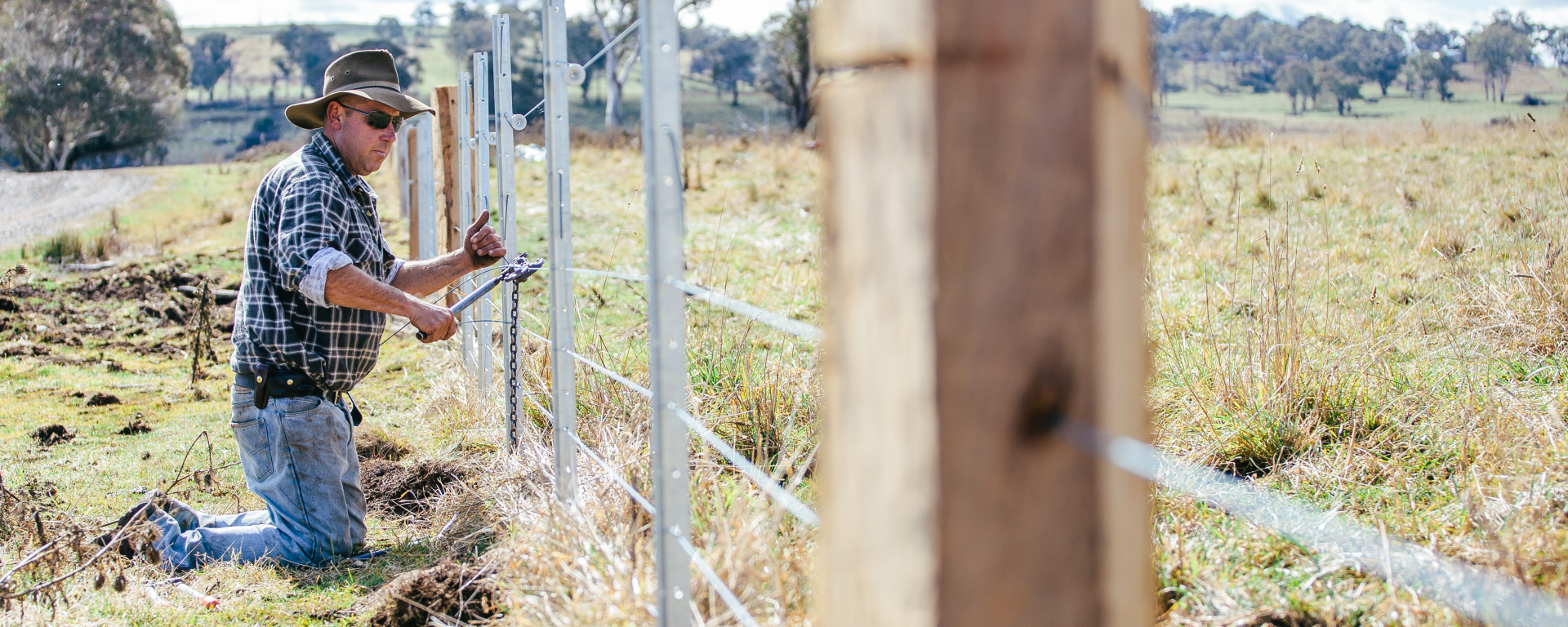Complex problems often require complex solutions – but for Ernest Hayes this was not the case. The ability to solve difficult and technical problems using simple, logical, and practical methods was a hallmark of his approach. One of Ernest’s first commercial inventions was the ‘Lightning Pollard Poison Cutter’, a simple rabbit bait tool that transformed a laborious job into a straightforward task on his 60-hectare block of land.
Ernest’s story starts in Britain, where he served his apprenticeship as a millwright and worked in a number of flour mills, dressing millstones and remodelling machinery. In 1882, he shifted to Oturehua in New Zealand’s Central Otago, with a population of just over 100. Equipped with experience working with the latest milling technology, Ernest and Hannah Hayes started their workshop, built their homestead and established their company E Hayes & Sons, a signal to the locals that Ernest was serious about his engineering business.
Breaking new ground
While Hannah was raising their large family, she also become New Zealand’s first female travelling salesperson, journeying vast distances to generate enthusiasm for Ernest's initial creations. She would often be the first woman to set foot on these rural properties.
E Hayes & Sons gathered a reputation for providing simple yet practical solutions to problems faced daily by farmers. Not only in the small town of Oturehua where the family resided, but also throughout New Zealand and all over the globe.
Ernest’s innovative, inventive mind extended to his home, providing his family with Maniototo’s first flush toilet, along with a shower and ventilation system.
Birth of the iconic wire strainer
In 1924 Ernest created his most successful invention, a wire-straining tool that was marketed as ‘The Best Permanent Wire strainer on the Market’. It’s still in production today and can be found on many farms throughout New Zealand and the world.
Take a step back in time
Where the railway once passed close by, today the grounds of the Hayes property feature an on-site café and is frequented with cyclists and tours. The grounds are now powered by mains electricity as opposed to Ernest’s source of electricity generated by wind and water powered windmills – a creation of his own.
On special operating days over the summer (and by special request) locals crank up the lathes and other equipment. The interconnected workshops overflow with engineering machinery and tools spill out of half-opened drawers with old wooden nail boxes laying around, testament to an innovative mind and his practical solutions.

